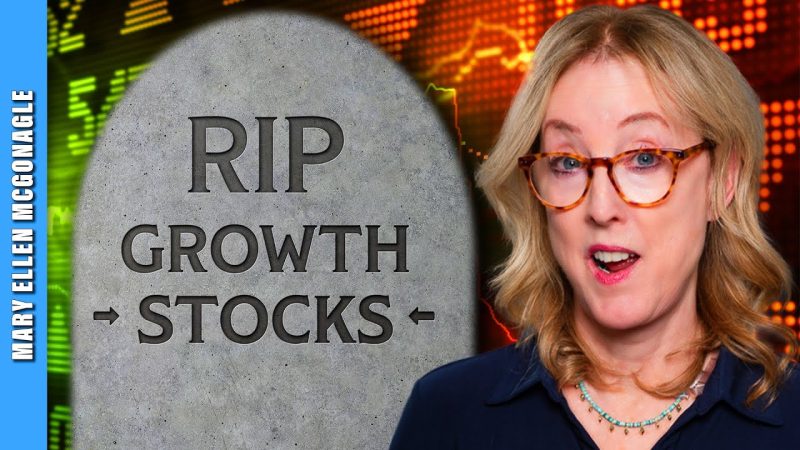In today’s rapidly changing financial landscape, one question looms large for investors: is it game over for growth stocks? As technology continues to disrupt traditional industries and the global economy faces uncertainty, growth stocks have been put to the test like never before.
Growth stocks have long been the darlings of investors seeking high returns. These companies typically exhibit strong revenue and earnings growth, often outpacing the broader market. However, recent market dynamics have called into question the sustainability of growth stocks’ meteoric rise.
The first factor influencing the outlook for growth stocks is valuation. Many high-growth companies have seen their stock prices soar to dizzying heights, driving their price-to-earnings ratios to levels that some analysts consider unsustainable. As a result, these stocks may be vulnerable to a pullback if investors reassess their growth prospects.
In addition, rising interest rates pose a threat to growth stocks. As interest rates climb, the cost of borrowing increases, putting pressure on companies that rely on debt to fuel their growth. This can lead to lower profitability and dampen investor enthusiasm for growth stocks.
Furthermore, the competitive landscape for growth stocks is evolving rapidly. Traditional industries are being disrupted by innovative startups, while established tech giants face increasing regulatory scrutiny. This heightened competition means that companies must continually innovate and adapt to stay ahead, adding an additional layer of risk for investors in growth stocks.
However, not all hope is lost for growth stocks. Despite the challenges they face, many high-growth companies have strong fundamentals and innovative business models that position them well for future success. By focusing on companies with sustainable competitive advantages and solid growth prospects, investors can still find opportunities for growth in today’s market.
In conclusion, while the road ahead may be rocky for growth stocks, they are far from being written off. By carefully evaluating each investment opportunity and staying attuned to market dynamics, investors can navigate the uncertain terrain and potentially reap the rewards of investing in high-growth companies.


































